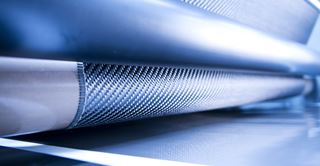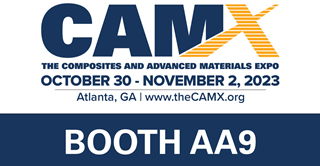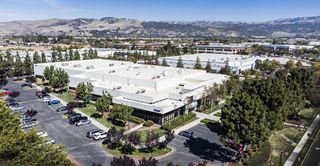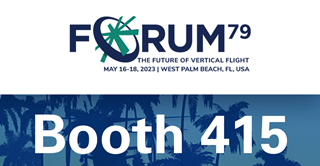Success Stories
Aerospace Composites Go Underground
Urbanization and Rail Capacity
Urbanization is happening faster now than at any time in human history. Urban dwellers rely on public transportation and with increasing population density, the pressure is on to explore increasing efficiencies and capacity expansion. Rail is a global market with ever-expanding fleets in major cities, where better vehicles with lower maintenance are required.
Lightweighting—Transport for London’s Business Case
The London Underground, the umbrella organization of the capital’s tube system and the world’s first underground network, transports over 1.2 billion passengers a year. With London’s population expected to reach 9.5 million in 2020, an 18% increase on the previous decade, a solution that increases capacity within the constraints of the existing infrastructure was sought.
Transport for London (TfL), the governmental organization responsible for traffic and public transport in the London conurbation, selected the Central line (with over 7,820 train doors and 260 million annual passengers) as the test platform.
The Qualitative Benefits of a Composites Solution
Through partner research it was identified that a 25% weight reduction is achieved by replacing the present metal sandwich panel construction doors with a thermoplastic composite door construction. With further optimization, an additional 5% weight saving is realizable.
This weight saving converts into a potential increase in system capacity, by reducing the time taken for the doors to open and close by 0.7 of a second. This shorter actuation time between stops facilitates faster passenger throughput, enabling capacity to be increased by 0.2 trains per hour. This equates to running 2.5 more trains on the Central line every day. That in turn delivers an increased revenue to the London Underground. It becomes clear how a small constituent change can have a big impact.
Benefits for Customer Experience
- Shorter door actuation, reduces journey time due to lightweighting of doors
- More train services facilitate reduced platform wait times and therefore crowding
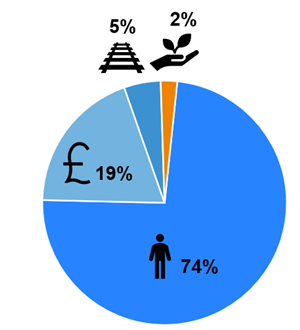
Technical Benefits of Composite Material Use
- Reduced lifetime costs due to ease of maintenance and lower maintenance requirements
- Improved durability (toughness and fatigue)
- Overall weight reduction (one ton lighter per train) generates less wear on the tracks
The thermoplastic composite material used for the TfL business case was Toray Cetex® TC1000 with a glass reinforcement.
Toray Cetex® TC1000 Thermoplastic Benefits
- A 35-year heritage in aerospace
- Superior bonding and coating properties
- Inherent FST properties to BS6853 and EN45545, OSU < 15/15
- Available in gray, black, cream white, and natural (amber) resin colors
The railway market is similar to the aerospace market: high standards are demanded of the materials; high performance is the goal. The fire, smoke, and toxicity safety requirements are also similar if not more demanding, and our performance in aerospace has gained the confidence of the railway sector.
Toray Cetex® TC1000 Design
Toray Cetex® TC1000 Design is a cost-effective, high-end thermoplastic composite, utilizing the amorphous PEI polymer for outstanding toughness and an inherently outstanding fire, smoke, and toxicity performance (< 15/15 OSU).
Header image: Copyright PriestmanGoode



